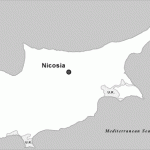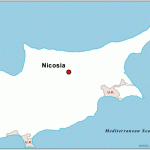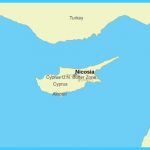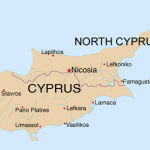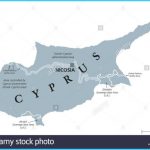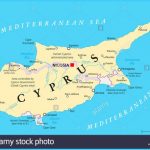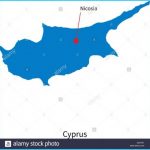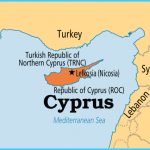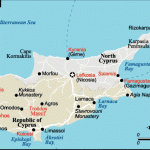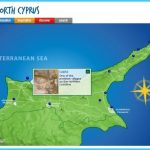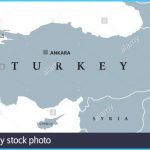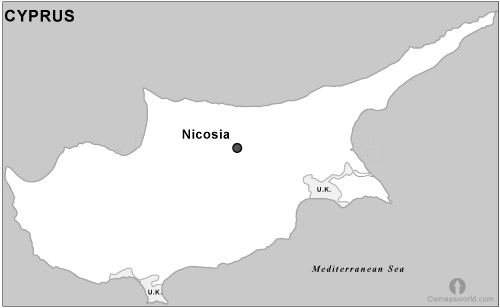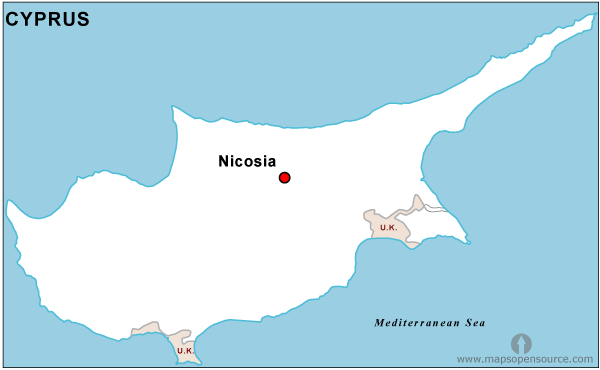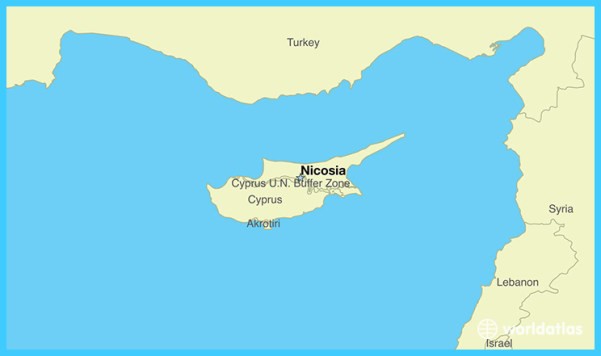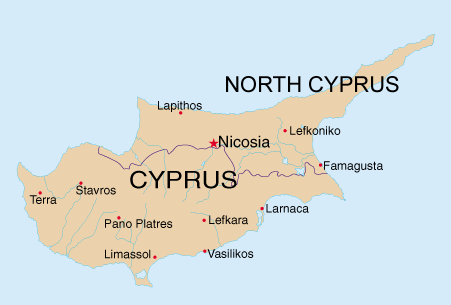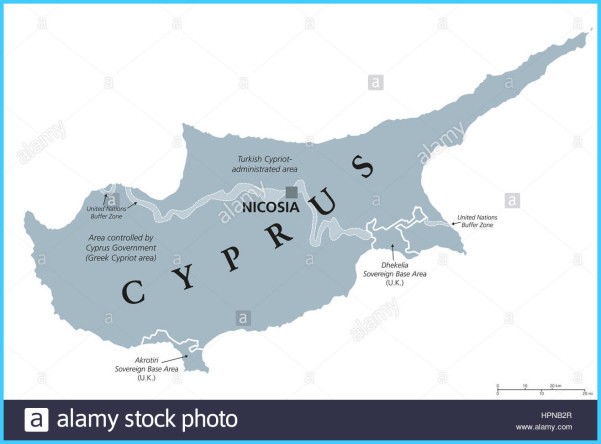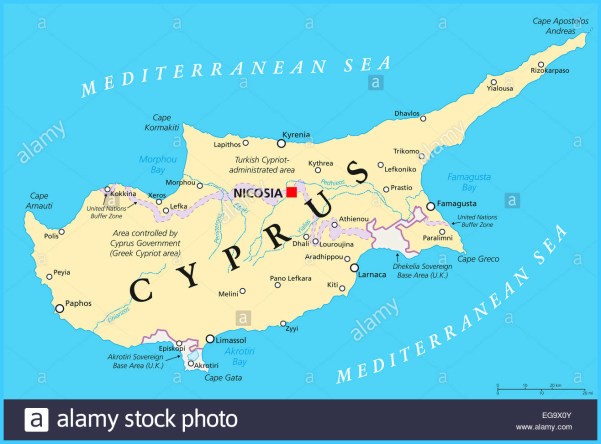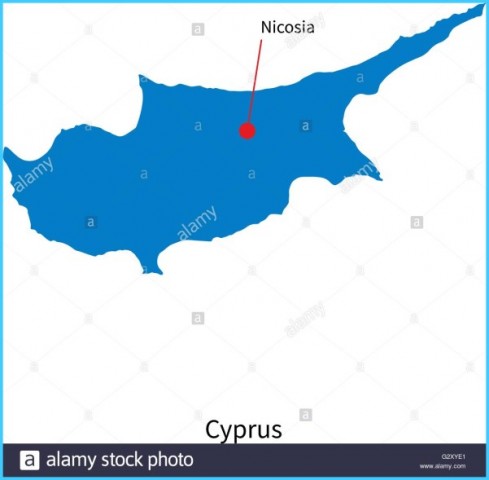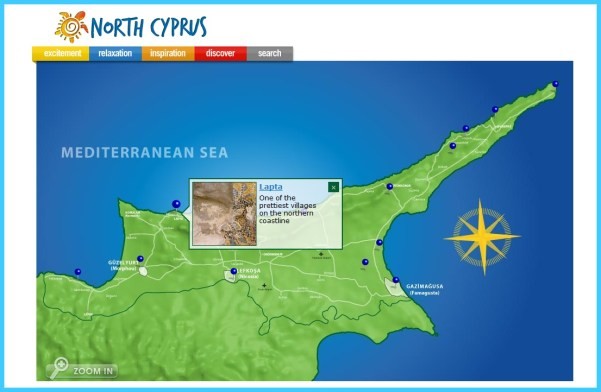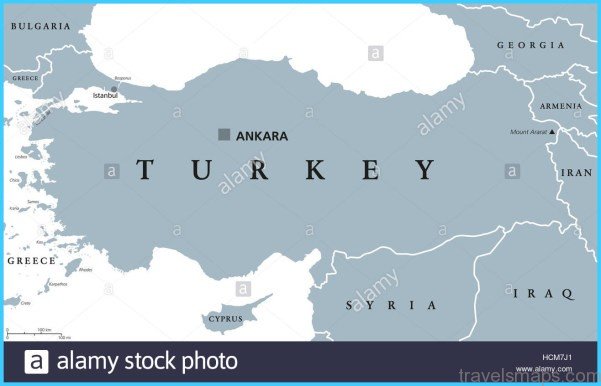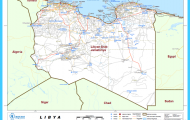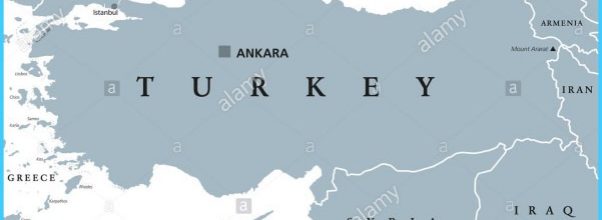
Minas Monastery
Skarinou impresses with its traditional architecture and its laces, similar to those produced at Lefkara. Close to the bed of Pentaschinos lies a flower unit, export-oriented. Two churches are worth visiting. The church of Panagia Odigitria, whitewashed outside, domed, with two bell towers and many skylights and windows, is impressive. The small, without a belfry tower church of Agios Georgios is close by, endowed with a gilt iconostasis more adapted to a smaller church. Kato Lefkara is a miniature of Pano Lefkara, with narrow, meandering streets, rich traditional architecture, many churches and chapels and of course the embroidery art carried out since a few centuries ago. A visit to the Dipotamos dam, within the administrative boundaries of the village, can be made via an earthen road amid rich natural vegetation and fauna. Two churches are worth seeing in the village. The church of Eleousa, in the center of the settlement, is a building of 1847, with the silver-covered icon of Panagia, painted, according to tradition, by Evangelist Luke. The single-aisled church of Archangelos Michail, with its Byzantine construction and its recent narthex contains many worn out frescoes, among which those of Archangelos Michail and Agios Georgios. The paintings most probably date back to the 12th century. Close by, a chain of wells has been traced which testifies the transportation of water, during the Ottoman era, towards the church of Archangelos Michail.
Pano Lefkara
Pano Lefkara fascinates visitors with its meandering narrow streets, the wooden doors and windows, its balconies, the horizontal layers of the local limestone building material as well as with all other details of traditional architecture. The principal church dedicated to the Holy Cross, is a large building of the mid-nineteenth century which replaced a Byzantine church. According to tradition, the church was built by Agia Eleni and it contains a fragment of the True Cross. The rich gilt iconostasis, dates from the 18th century. The restricted agricultural development forced the people of Lefkara to the manufacturing of sweets, as well to the lace and silver industry. The laces are a speciality of women, whose husbands travelled, in the past, all over the world to sell them. Leonardo da Vinci, when he visited Cyprus in 1481, purchased lace made at Lefkara for the Milan Cathedral. The wealth and the variety and shapes of the laces produced at Lefkara is limitless. Most of the embroidery is sold locally to tourists who visit the village deliberately for the purchase of lace.
Capital Of Greek Cyprus
Kato Drys, southwest of Lefkara, is the native place of St. Neofytos, who was born in 1134. Today a restored house is said to be the house the saint was born. The religiousness of the villagers is exhibited by the numerous churches and chapels scattered in the administrative area of Kato Drys. In the settlement the parish church of Agios Charalampos, was built in 1897, while the ancient church of Panagia (B.V.M.) of the 16th century, was recently restored. The church was originally painted, though now only fragments of frescoes remain. Other chapels are those of Agios Spyridon, Ioannis Prodromos and Agios Georgios. Many buildings exhibit the rural architecture, while many balconies project in the streets, with their doors and windows carved in relief. The Children’s Camping gives life to the village during the summer months.
Capital Of Cyprus Map Photo Gallery
Lace-making at Lefkara
Agios Minas Monastery. East of Vavla and near the river Maroni, lies the monastery of Agios Minas. The visitor is fascinated by the quiet, idyllic and majestic environment of the monastery, the church of which stands in the middle of the monastery complex. Round the church are the semivaulted two storeyed cloisters. The monastery started functioning as from 1965 with nuns who came from the monastery of Agios Georgios Alamanos. They gave life to a men’s monastery which stopped operating a long time ago. It is not well known when the monastery was founded but most probably it was built during the Ottoman period. In 1754 there has been considerable rebuilding by Parthenios, Bishop of Kition. The monastery, which is very clean with many flowers in pots lends an atmosphere of coolness and aesthetic enjoyment. The church is simple in its greatest part, with a wood-carved iconostasis, half of which is gilt. On the north and south walls two large paintings of Agios Georgios and Agios Minas, dated 1757, impress by their colours and art.
Capital Of Cyprus
The rear side of the monastery of Agios Minas
What grabs the visitor’s attention today, is the traditional and compact settlement with its rich traditional architecture. The church of Agia Marina dates from the 16th century, even though it was fully restored in 1886. The iconostasis dates from 1850, while some remnants of frescoes belong to the 16th century. Maroni impresses with its traditional architecture, the church of St George featuring Gothic elements and the abundance of greenhouses. Cyprusn archaeologists continue to carry out excavations in the Vournes area of the village. From what has been unearthed to date, it appears that the settlement dates from the 16th century B.C. An olive press, perhaps the oldest in Cyprus, has been unearthed. The excavations at Tsaroukkas revealed two rooms of large dimensions dating back to the 13th c. B.C. A survey of the sea floor near the site revealed 45 stone anchors. Zygi lies a few metres east of the Vasiliko industrial area and right next to the Vasilopotamos river. During recent times, Zygi enjoyed noteworthy commercial activity. Carobs from the entire hilly area of Larnaka were brought to Zygi and stored in enormous stone-built warehouses, before being exported. The pier, nowadays illuminated by electric lights, is used for the mooring of fishing boats, since Zygi has become a sizeable fishing port and features some well-known fish tavernas, next to the sea and the pier. The Vasiliko Industrial Complex lies about 2,5km west of Zygi. According to tradition, it was at this river that Agia Eleni moored and set foot on Cyprus. In Vasiliko, one can still see the remnants of the railway line which connected it to the Kalavasos mines.
Disused railway tracks at Kalavasos
During one’s exploration of Vasiliko, attention should be turned to five features which dominate the landscape. These are the washing plant, the port, the cement plant, the Greek Chemical Industries which are no more functioning and the new power station. Mari. Often tombs are opened in the village which witness the prehistoric origin of the settlement. Jeffery writes about a Greco-phoenician necropolis in the village. The ruined church of Agia Marina, which lies in the center of the settlement, dates back to the 16th century and most probably it was originally a Latin church. Close to the settlement, on a hummock by the coastline, lies the villa of late Archbishop and President of the Republic, Makarios.
Tenta neolithic settlement
Kalavasos is no more the populous and bustling village of the 1940’s and 1950’s, when copper mining was at its peak. Currently, the Kalavasos dam increased greenery and improved irrigated agriculture. A number of archaeological sites, like Tenta, Agious and Agios Dimitrios are of significant importance. Tenta dates back to 7.500 B.C., Agious belongs to the 3rd millenium B.C., though everything is covered by earth and only the name of the place is known. The settlement of Agios Dimitrios is probably of the 13th century B.C. One can see the varied constructions, usually two-storeyed, built in carved limestone and featuring a large courtyard, especially in the northeastern section of the settlement. Directly to the west a large room was discovered (19 x 7.5m.) containing bases for 47 large earthen pots. According to archaeological research, most of them broke during a fire which destroyed the building. The eastern side of the building is, architecturally, less impressive and was possibly used as a workshop or kitchen. The excavations of 1991 unearthed yet another storage area. Earthen pots and a bowl containing olive oil were found. The location of the olive press has not, as yet, been ascertained. In the meantime, excavations are continuing in the area of Kopetra. A building complex, dating to the 6th-7th century B.C., has already been discovered. The Tenta Archaeological Area. The neolithic aceramic settlement of Tenta was built on the top of a hillock, about 150m high, enjoying an uninterrupted view towards the southeastern foothills of the Troodos mountains to the north and the sea to the south. The Vasilopotamos river may have been the decisive factor in the selection of the hillock. The river provided water for drinking and irrigation, as well as the volcanic rocks, used both in construction and tool making. It may even be that the river used to flow abundantly and continuously, providing a watering spot for animals.
Maybe You Like Them Too
- The Best Places To Visit In North America For Christmas
- Faro Travel Guide: Map of Faro
- Mumbai Travel Guide For Tourists: Map Of Mumbai
- Travel to Budapest
- Thailand Travel Guide for Tourists: The Ultimate Thailand Map

